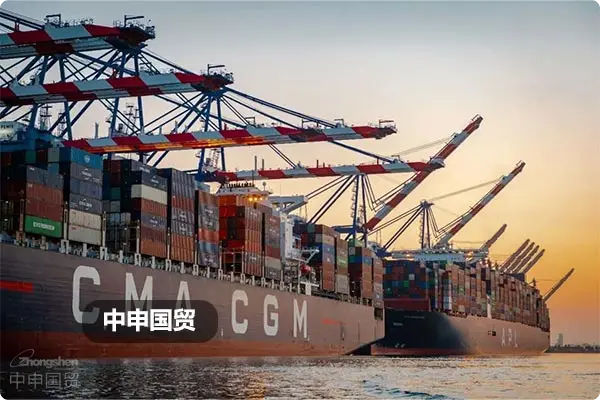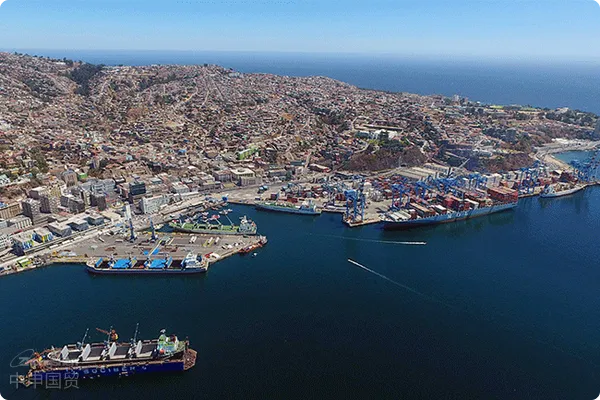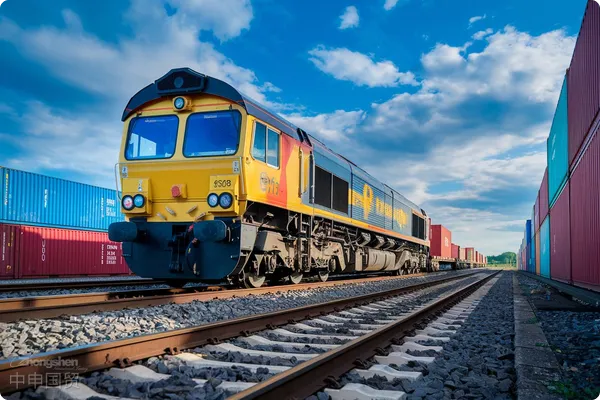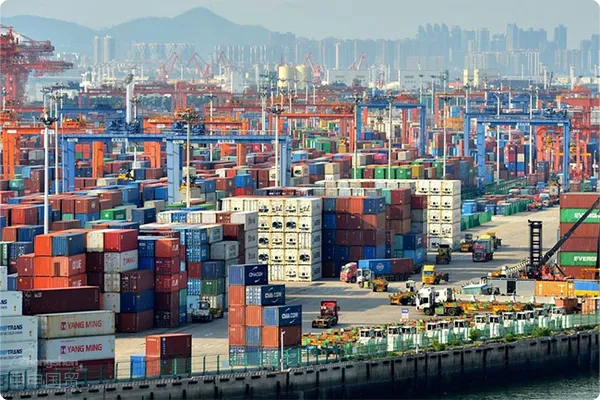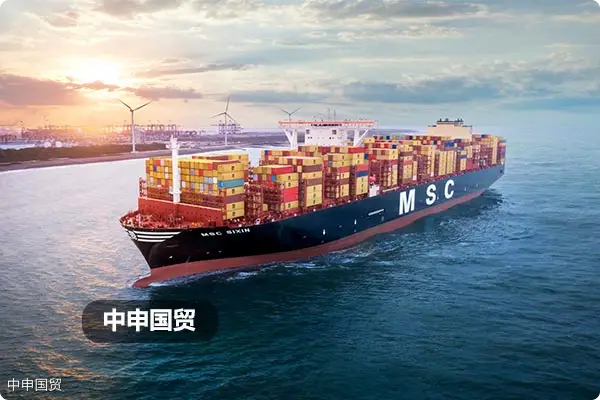- Shanghai Zhongshen International Trade Co., Ltd. - Two decades of trade agency expertise.
- Service Hotline: 139 1787 2118
Relevant Introduction
import and exportRail transport of goods or cargo, including rail container/tank transport and rail bulk (full truckload, less-than-truckload, container) transport, falls under international rail transport. In international trade, international rail transport is one of the primary modes of transportation, with volumes second only to international maritime transport.Maritime TransportationIts advantages include large transport capacity, high speed, shorter transit times, significantly lower risks compared to maritime transport, strong adaptability, punctual operations, and low transportation costs.
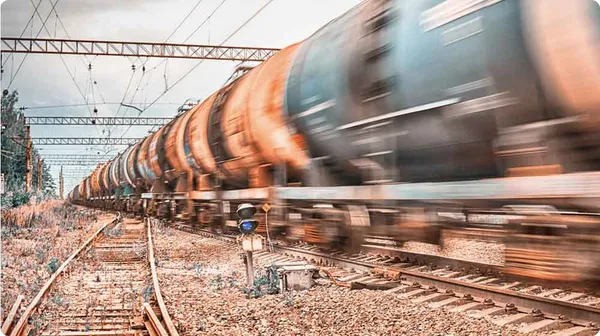
International rail transport typically adopts a multimodal approach, where the shipper loads the goods at the origin and receives an international combined rail transport bill of lading. The shipper then delivers the goods to the consignee as stipulated. When goods are transferred from one countrys railway to anothers, the involvement of the consignee or shipper is unnecessary, as transit countries fulfill their obligations under international treaties for international rail transport.
The traditional international rail route is the Siberian Land Bridge Railway, while the New Eurasian Land Bridge Railway is a rapidly developing international rail route.
In addition to Eurasian rail transport, Chinas rail transport network also includes rail transport to Hong Kong and Macau. Although rail transport to Hong Kong and Macau is handled as domestic transport, it differs from standard domestic transport. As Hong Kong is a free port, goods moving between mainland China and Hong Kong require customs clearance procedures. For Macau, goods are first transported to Guangzhou South Station and then transshipped by boat to Macau, similar to the process for Hong Kong.
Traditional Eurasian Land Bridge: Siberian Land Bridge Railway Transport
From the east to Vladivostok, passing through Chinas Heilongjiang, Jilin, Liaoning, and Inner Mongolia Autonomous Region, then to Russias Khabarovsk, Irkutsk, Novosibirsk, Omsk, Chelyabinsk, and Kuibyshev, and finally to Moscow, covering over 9,300 km. This route connects China and North Korea to the east and links to Central Europe, Northern Europe, and Western Europe to the west, with Moscow providing connections south to Iran. Trade with former Soviet Union countries, Eastern Europe, and Iran primarily relies on this rail route.
New Eurasian Land Bridge Railway (Second Eurasian Land Bridge)
From Lianyungang in Jiangsu Province, via the Longhai Railway and Lanzhou-Xinjiang Railway, passing through seven provinces and autonomous regions—Jiangsu, Anhui, Henan, Shaanxi, Gansu, Qinghai, and Xinjiang—to the Alashankou Railway in Kazakhstan, then to Russia, Poland, Germany, and finally to the Port of Rotterdam in the Netherlands. Compared to maritime transport, this route shortens the distance by 9,000 km and is 3,000 km shorter than the traditional Siberian Land Bridge. This international rail route significantly enhances trade and economic exchanges between China and Eurasian countries.
In addition to the Eurasian Land Bridge, major international rail transport routes include:
The US Transcontinental Railroad connecting the Atlantic and Pacific.
US Northern Pacific Railway Line A: Seattle → St. Paul → Chicago → Detroit → Spokane.
US Southern Pacific Railway Line B: Los Angeles → Albuquerque → Kansas City → St. Louis → Cincinnati → Washington → Baltimore (Santa Fe Railway) → Los Angeles → Tucson → El Paso → Houston → New Orleans.
Route: San Francisco → Ogden → Omaha → Chicago → Pittsburgh → Philadelphia → New York, this is the US Union Pacific Railway.
Canadian railway connecting the Atlantic and Pacific oceans.
Canadas Pacific Railway, Line A: Vancouver → Calgary → Winnipeg → Montreal → Saint John → Halifax.
Canadian National Railway Line B: Port Rupert → Edmonton → Winnipeg → Quebec.
Related Recommendations
? 2025. All Rights Reserved. 滬ICP備2023007705號-2  PSB Record: Shanghai No.31011502009912
PSB Record: Shanghai No.31011502009912
